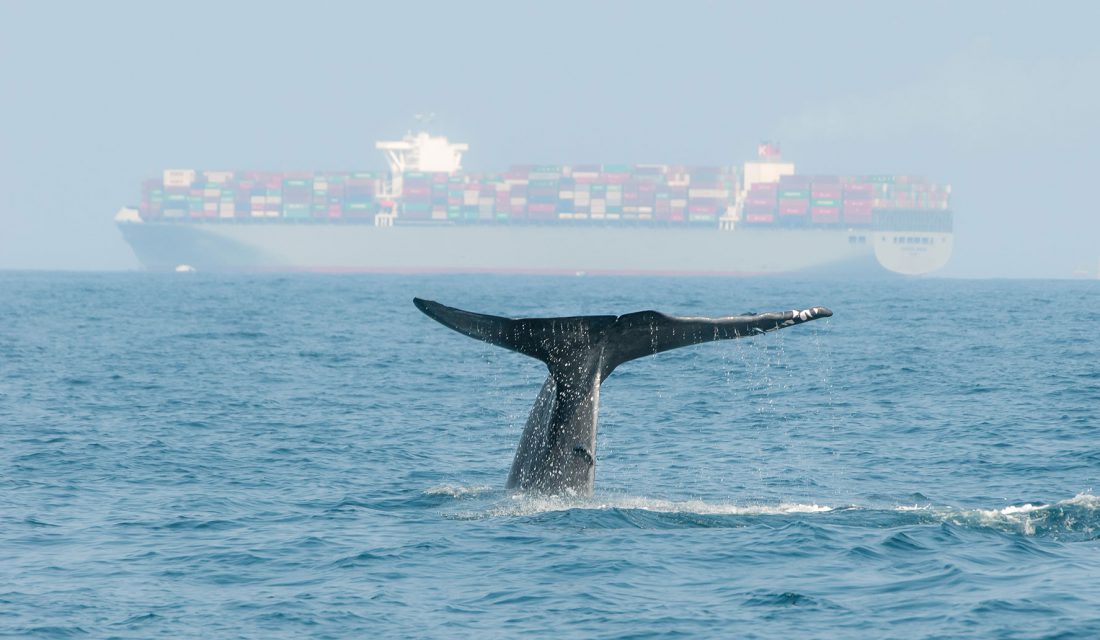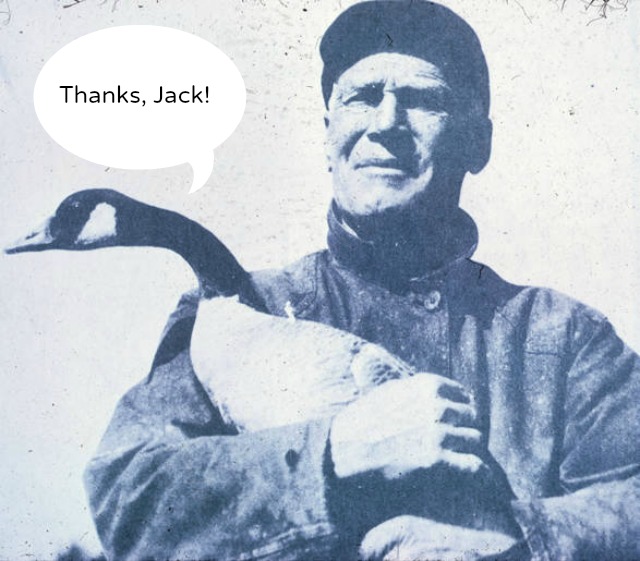Celebrate with the Canadian Wildlife Federation throughout National Wildlife Week as we explore the incredible world of migration! Discover interesting species facts, how climate change is impacting migration routes and put your knowledge to the test with our fun migration quiz! Let’s honour these epic travels together and do more for wildlife!

Test your migratory species trivia!
Canada is home to many incredible migrating species! Put your wildlife migration skills to the test, take the quiz for your chance to win one of three spring bird bundles.
Wildlife Webinars
Join Canadian Wildlife Federation experts for a fascinating excursion into the world of migratory wildlife during National Wildlife Week! From the Atlantic ocean's North Atlantic Right Whales to the Grassland's Pronghorn, you'll learn about some of Canada’s most captivating migratory species! Discover ways you can help support their conservation by taking action at home and in your community.

Featured migratory species for 2025
Ruby-throated Hummingbird
The Ruby-throated Hummingbird (Archilochus colubris) is the most common and widely distributed of the hummingbirds in Canada. Weighing between two to six grams (for comparison a nickel weighs about four grams), Ruby-throated Hummingbirds leave their northern breeding grounds to begin their journey to winter in Central America. Some cross the Gulf of Mexico, an incredible 800 kilometre non-stop journey, while others take a coastal path around the Gulf.
Hinterland Who's Who Quick Facts on the Ruby-throated Hummingbird:
- What do they eat? Small insects and the nectar, or honey-like sap of flowers.
- How fast do they beat their wings? About 55 to 75 times a second
- How many species of hummingbirds are there in Canada? Canada has five species of hummingbirds
- Have they been confused for another species? Yes, Ruby-throated Hummingbirds are often confused with hawk moths, especially at dusk, as these moths are similar in size, form and flight.

How to Help the Ruby-throated Hummingbird
Hang a Hummingbird Feeder
To protect hummingbirds, it is recommended that feeders be placed at least five to ten metres from windows. Don’t use honey, which may make the birds sick, artificial sweeteners, which do not provide nutrient content, or artificial colour. Clean your feeders at least once a week to remove accumulations of mold or bacteria, which may be lethal to the birds.
Plant a Hummingbird Garden!
This tiny bird will enjoy the nectar from specific flower species as well as the insects in the garden. It is critical that migrating animals have feeding stations along their journey and for when they arrive, so have lots of regionally native plants, in particular tubular ones for hummingbirds. Note that the tubular flowers can be very tiny, not just large ones like the native Wild Columbine (Aquilegia canadensis) which are said to bloom at the time when the Ruby-throated Hummingbirds return.
Donate Today!
Your gift will help fund CWF's efforts for all wildlife, including the Ruby-throated Hummingbird.
Other Migrating Wildlife Species

Monarch Butterfly
The Monarch Butterfly migrates thousands of kilometres (about 4,000 ) in vast numbers twice a year, a feat performed by only a small handful of insect species on Earth! Migrating Monarch Butterflies roost in shrubs and trees at night and can be seen by the hundreds in roosts along the shoreline of Lakes Ontario and Erie. Monarch Butterflies navigate during fall and spring migration using receptors in their eyes and their antennae.
Learn MoreLeatherback Sea Turtle
Leatherback Sea Turtles, the largest turtle species in the world, migrate around 10,000 km between their foraging and nesting areas. Atlantic leatherbacks head from the southern nesting grounds of French Guiana, Suriname, Grenada, the U.S. and Trinidad to foraging grounds off the east coast of Canada. Eastern Pacific leatherbacks nest on the beaches of Costa Rica and Mexico and head southward to Galapagos, Peru and Chile, whereas western Pacific leatherbacks make more varied treks — south into the South Pacific, east into coastal waters off North America, north into waters off Japan and west into waters off the Philippines and Malaysia.
Learn More

Pronghorn
The Great Plains used to teem with migrating mammals. Today, only the Pronghorn is left. Like birds, they spend summers in the northern reaches of the Great Plains, walking between 320 to 450 kilometres south as winter approaches. Human barriers like fences and highways are increasingly stopping these migrations, scattering herds and trapping Pronghorn in places they'd rather not be.
Learn MoreArctic Tern
This black-capped, red-billed and red-legged bird makes an impressive 71,000 kilometre round-trip migration. Having their summer breeding range in the Arctic they migrate all the way to Antarctica for their winter range. This earns them the world record for the longest annual migration! An Arctic Tern can rack up more than 2 million kilometres over its lifetime.

Is climate change affecting migration routes?
As our climate changes so do migration routes for wildlife species, like the Monarch Butterfly and the North Atlantic Right Whale.

With more frequent extreme weather events due to climate change the Monarch Butterfly may increase mortalities during migration and in overwintering grounds.
By restoring large, connected habitats along rights-of-way in Manitoba, Ontario and Quebec, this will help reduce stress on the Monarch Butterfly as our climate gets warmer!

The North Atlantic Right Whales are being driven by marine heatwaves and warming ocean temperatures in the Gulf of Maine, forcing the copepods to seek colder waters. As North Atlantic Right Whales followed their food and noticeably shifted their annual migratory route and habitat use in Canada, they became more seriously exposed to additional risks from human activities, specifically to entanglement in commercial fishing gear and to vessel strikes in some of the world’s busiest shipping lanes.
The Canadian Wildlife Federation is helping to find solutions to current and future habitat shifts by improving our capability to quickly adapt our marine industries and create safe environments for whales and humans to co-exist.
History of National Wildlife Week
In 1947, Canadian Parliament officially proclaimed the week of April 10 as National Wildlife Week. April 10 is the birthday of the late Jack Miner, a Canadian naturalist known by some as the "father" of North American conservationism. "Wild Goose Jack,” as he was often referred to, was one of the first conservationists to determine the migratory paths of North American birds and is credited with helping to save the iconic Canada Goose from the brink of extinction. While we won’t all save an animal from extinction, we can all have a positive impact on our wildlife and the places they call home when we #DoMoreForWildlife.


Things to do this spring:
Here are a variety of ideas and options you can incorporate into your outdoor activities this spring:
Celebrate with our themed Adopt-an-animal collection!
This collection celebrates the species commonly known for migration, from Monarch Butterflies to Whooping Cranes. What a great way to learn more about Canada’s wildlife by sharing an adopted friend with a loved one — or yourself!








